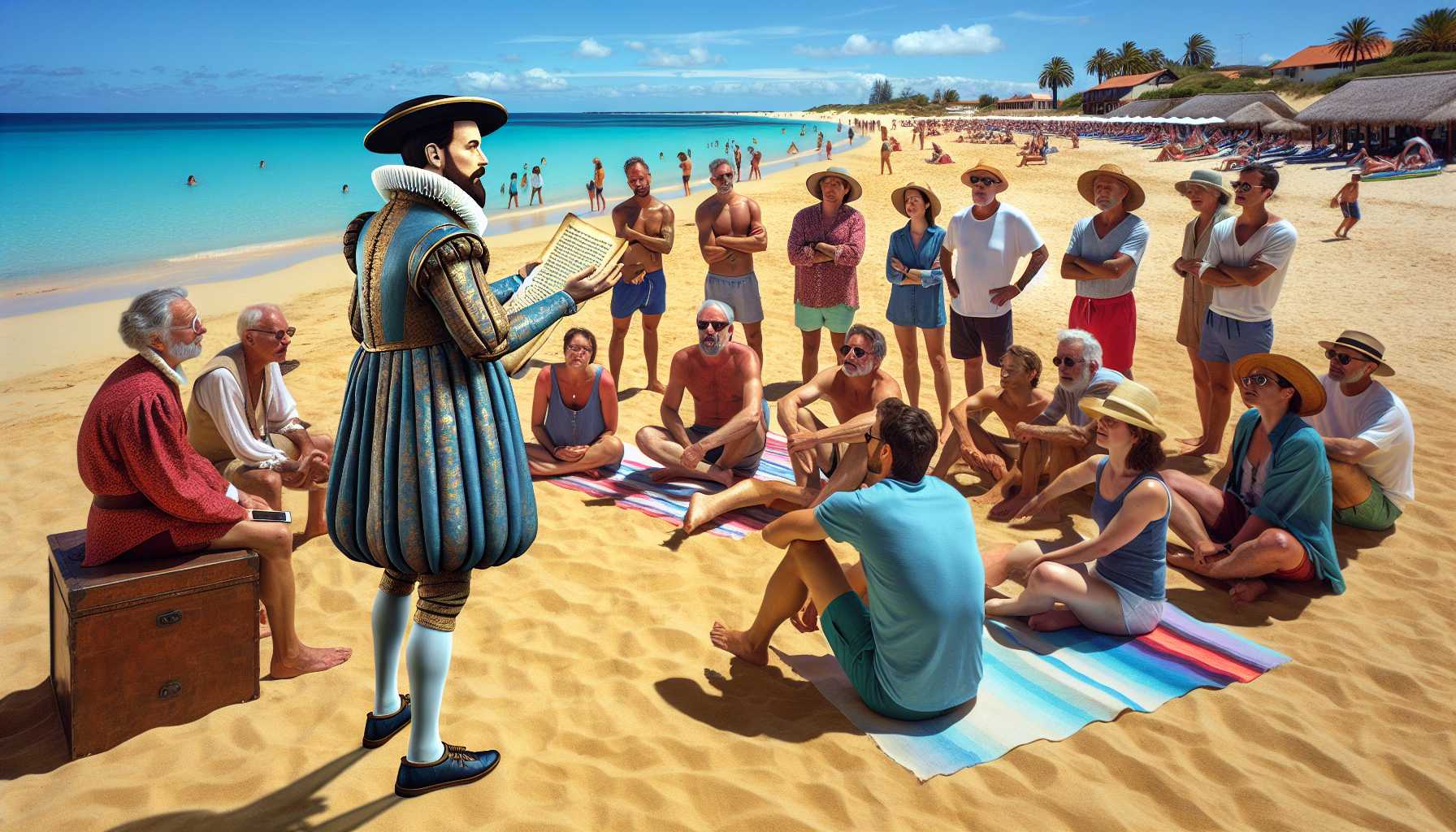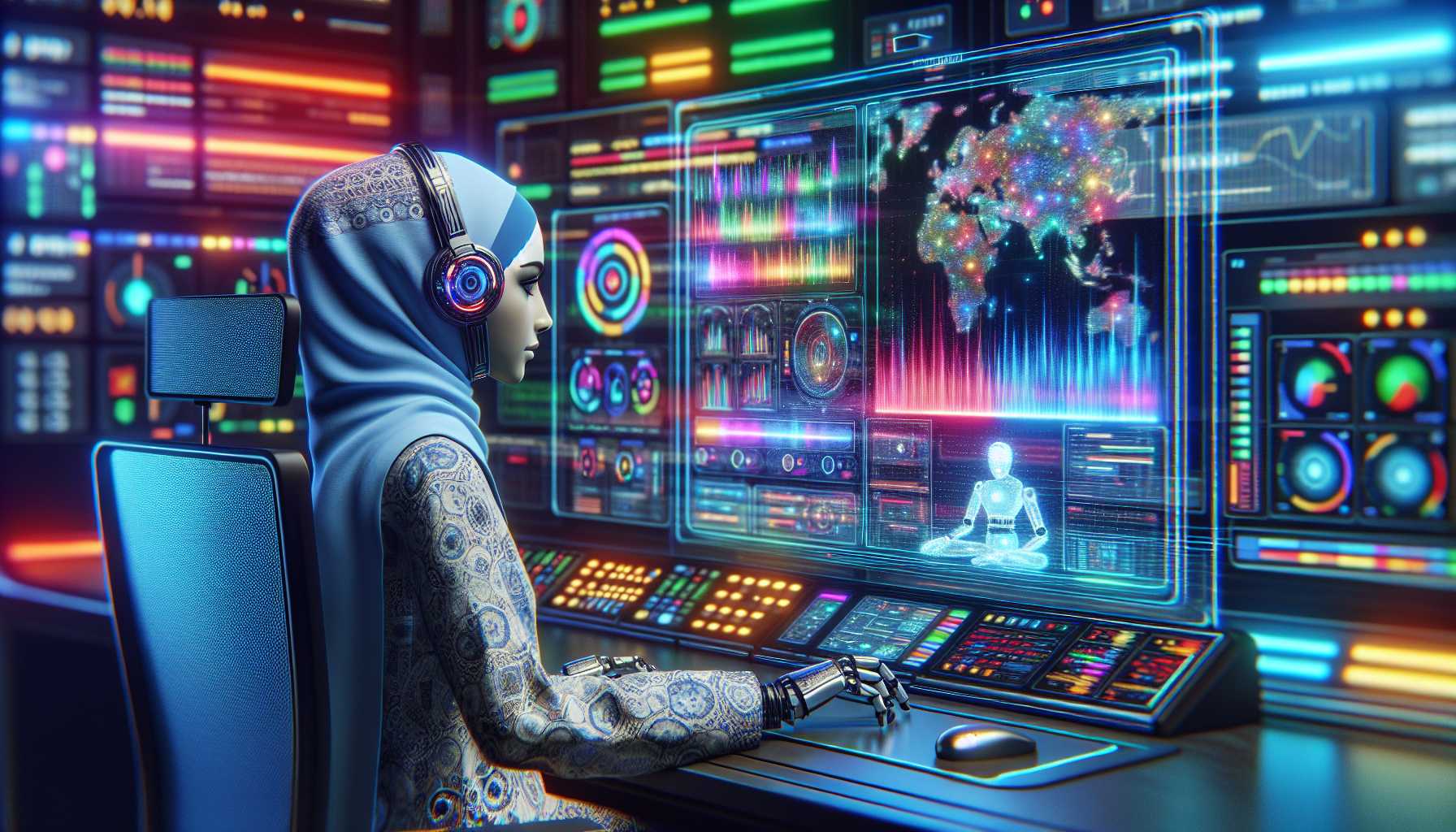The Rise of the AI Safety Institute: Taming the AI Wild West
Once upon a digital age, the idea of artificial intelligence (AI) was relegated to the pages of science fiction. Fast forward to today, and AI is not only reality, but it’s also everywhere – in our pockets, homes, and workplaces. So, when the Biden-Harris administration announced the creation of the AI Safety Institute Consortium (AISIC), housed under the U.S. Department of Commerce’s National Institute of Standards and Technology (NIST), it was a groundbreaking stride towards reining in this powerful force. This new consortium is the sheriff in town, aimed at developing rigorous guidelines for AI’s safe and trustworthy development. The who’s who of tech giants like Google, Microsoft, and OpenAI are involved, proving that cooperation is essential in facing AI’s vast potential and alarming risks. AI’s double-edged sword is evident, it can bolster national security, revolutionize privacy, yet also unleash misinformation and jeopardize job security. The AISIC is tasked with the daunting but crucial job of creating red-teaming strategies, evaluating risks, and even validating synthetic media—yep, those unsettlingly real-looking deepfakes.
Member 16: A Cross-Media Sci-Fi Saga with a Purpose
Cross over to Left Fielder Media’s unveiling of Member 16, plucked straight from a sci-fi enthusiast’s fantasy but rooted in purposeful storytelling. This genre-spanning project pushes the envelope beyond the screen, involving comics, short films, and eventually, a feature film—all set in a universe where hopping on a spaceship is as routine as catching a flight to another city. Here, diversity isn’t just a buzzword; it’s integral to the narrative, bringing new perspectives to a genre that has been clamoring for them. Dom Cole and Stephen Philms, the think-tank duo behind LFM, are remixing the script with diversity and authenticity, involving partnerships with NASA and Gen Space to weave a narrative that’s rich, inclusive, and space-accurate. They’re not just creating stories; they’re translating space tech trends into digital assets for NFT collections and fashion capsules that double as immersive story artifacts. It’s a bold take on cross-media storytelling—blurring the lines between virtual and tactile worlds—and a testament to their vision of storytelling’s evolution.
CodeSignal Learn: Sharpening Tech Skills in the Midst of a Talent War
Amidst the industry’s talent tussle, CodeSignal is launching ‘CodeSignal Learn,’ a platform promising to transform how tech skills are built and refined. It’s a natural progression from assessment to development, focusing squarely on the hands-on practice of these skills. This isn’t about haphazardly amassing certifications; it’s about mastering the nitty-gritty that tech careers demand. This shift towards active, practice-based learning could be what sets apart many tech professionals in the ever-growing skills gap landscape. It’s not only about discovering talent but about nurturing and developing it to fit the fast-evolving job requirements in technology. CodeSignal Learn could well be the blacksmith’s forge where the tools of tomorrow’s tech giants are shaped.
Meet the Smart Avatars by AR/T House: The Future of Interactive AI
The vision of interacting with historical figures through holograms no longer confines itself to the silver screen; AR/T House brought it to life with Smart Avatars. Picture a stroll through Venice Beach, chatting away with the holographic representation of Abbot Kinney, and learning about the locale’s history. This app-less AR tech is not just a cool gimmick; it’s a new frontier for educational and brand experiences. These Smart Avatars are designed to offer conversational engagement, blending AR’s visual magic with AI’s informational prowess. It’s a case of history not just being told, but also seen and heard—a fusion that enhances the learning experience beyond the confines of books or screens. This pioneering approach could revolutionize interactive learning and marketing, offering a glimpse into the potential of AI-powered historical immersion.
Acceldata’s AI Co-Pilot: Handling the Controls of Data Observability
Data observability is getting a substantial tech boost thanks to Acceldata’s AI co-pilot. Think of having a savvy companion that oversees your data pipelines and helps maintain its health by identifying anomalies and setting up policy rules. The co-pilot’s advantage is its application across a variety of data observability tasks, using an interface that’s about as complex as having a chat in plain English. With features catering to anomaly detection and cost control, Acceldata ushers in an efficiency that could define the future of data management.
Final Thoughts: The Blurring Lines Between AI Fantasy and Reality
The intersection of sci-fi and AI tech isn’t mere coincidence. It symbolizes how reality often follows fiction’s lead. With initiatives like AISIC that aim to shepherd AI development safely, projects like Member 16 that infuse diversity and storytelling into the tech narrative, and platforms like CodeSignal Learn cultivating tech talent, the realm of technology is ever more intertwined with imagination and creation. As a tech expert, looking towards the industry developments with a storyteller’s eye can prove instrumental. Whether it’s grounding space tales with hardcore NASA data or imbuing a holographic figure with pedagogical potential, today’s tech advancements beg us to dream big but work diligently to root those dreams in reality, safety, and inclusivity. What we’re witnessing is the unfolding of an era where AI isn’t just a tool, but a collaborator, a creator, and an educator—a testament to the visionaries who dreamt of machines that could think and those who are now creating them.





